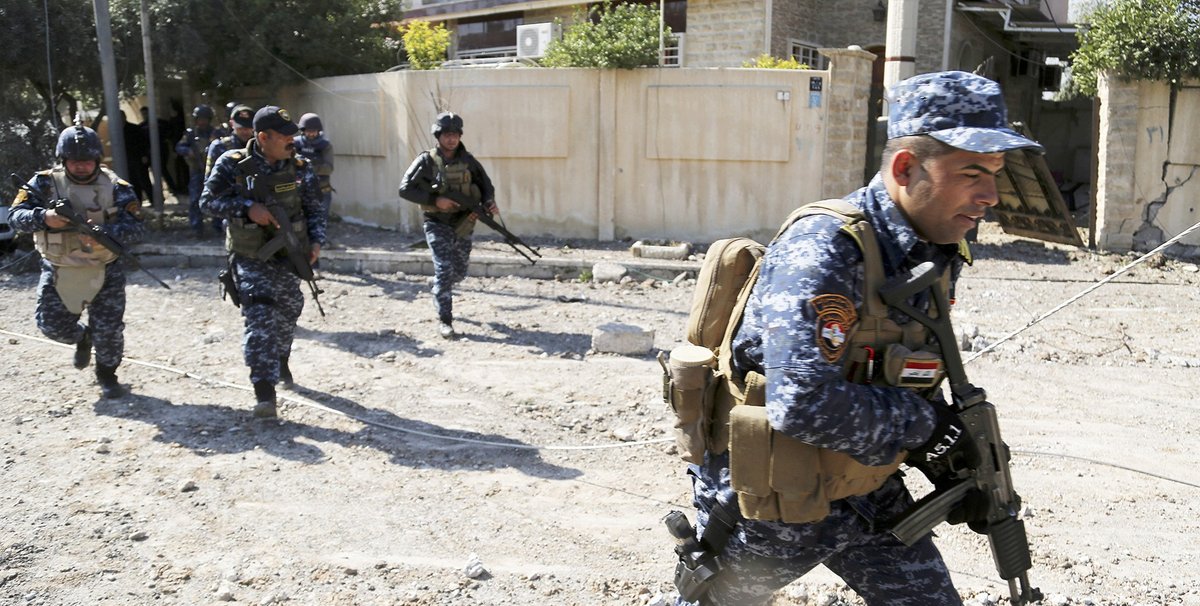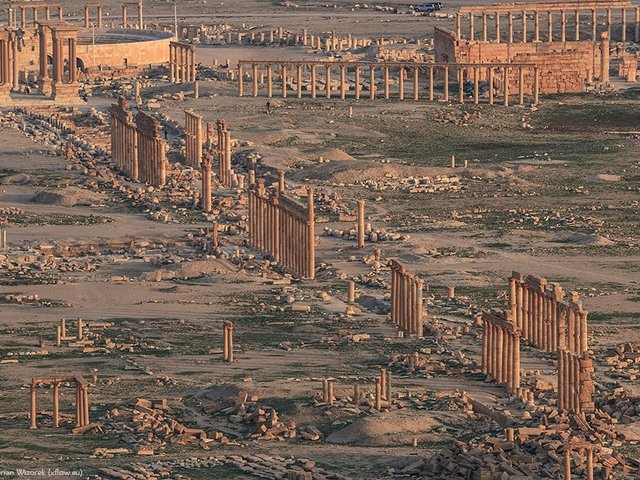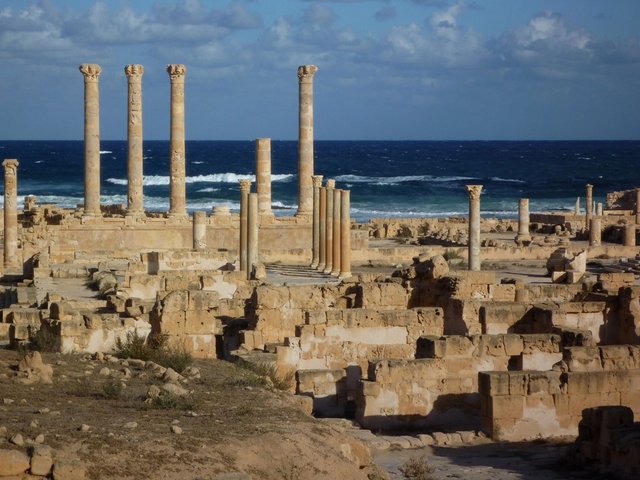Iraqi government troops are marching into the old city of Mosul, with Islamic State (Isil) forces on the verge of retreat. There are growing fears for the safety of the 750,000 civilians in western Mosul caught up in crossfire, as well as concerns about the fate of historic buildings.
Isil forces seized Mosul in October 2014. The following February, Isil extremists destroyed dozens of important antiquities in the Mosul Museum. Militants later targeted the site of Nineveh, in the north east of the city, deliberately breaking ancient sculptures.
Government troops, with American logistical support, began an offensive to retake Mosul last October. By last month, they were in control of the city to the east and north of the River Tigris (including Nineveh) and the southern suburbs. Isil forces continued to occupy the old city and the area to the west.
Now that government troops look poised to take the old city, the task for heritage bodies will be to help save mosques and churches and historic secular buildings from further damage. These include the “crooked minaret” of the 12th-century Great Nur al-Din Mosque, which tilts and requires urgent conservation.




